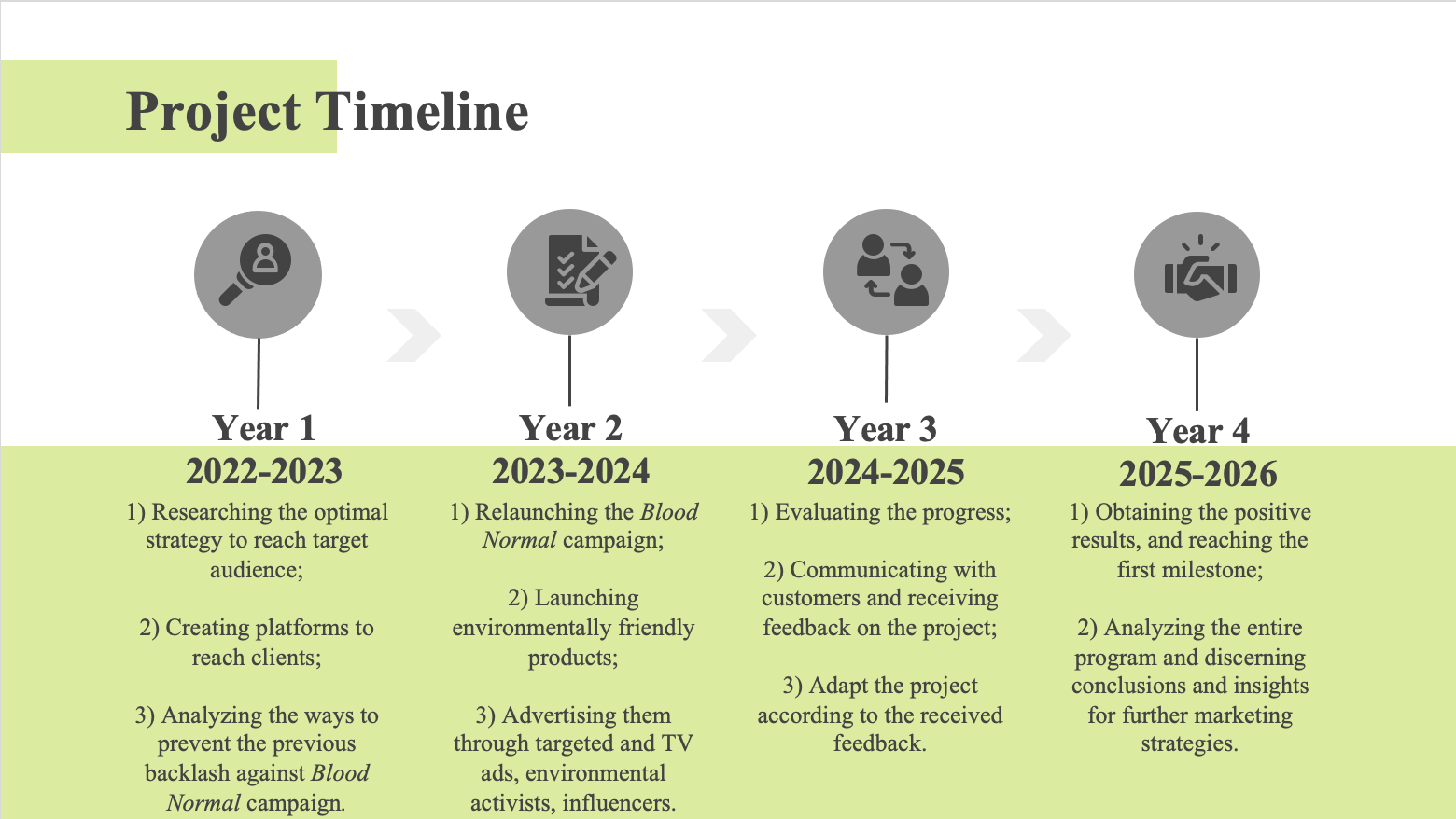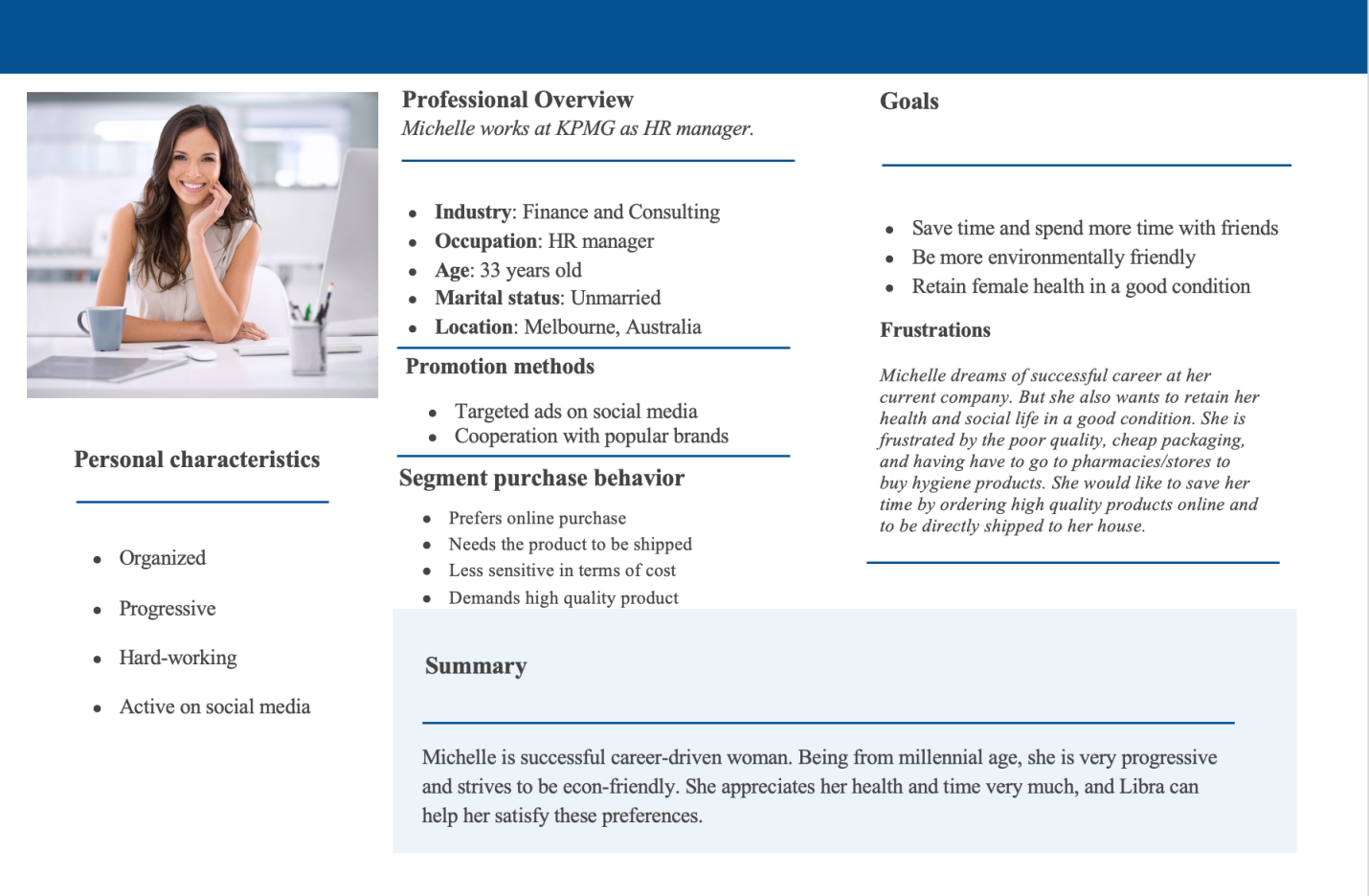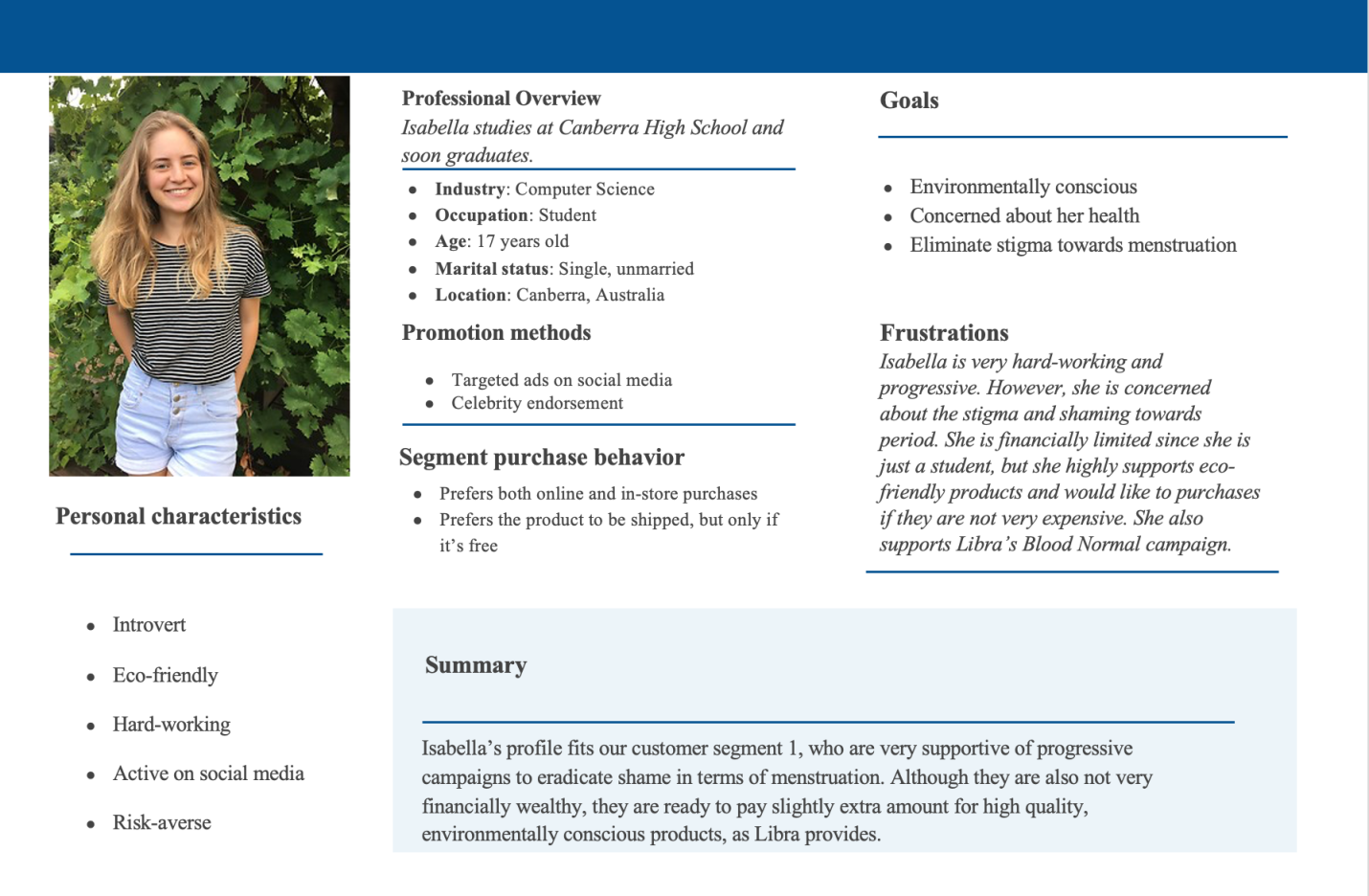Industry Overview
The industry that Libra operates in is feminine hygiene products, including tampons, sanitary pads, and liners. According to the data provided by Statista, the revenue in this industry in Australia amounts to US$255 in 2021. The market is expected to grow at 3.39% annually (Statista, 2021). The size of this market, the female population of Australia aged 10-50, will be approximately 6.8 million by 2021. Two factors are likely to increase the market potential in the upcoming years. First, the female population is expected to increase (IBISWorld, 2021). Second, the economic recovery after the COVID-19 pandemic will likely allow women to spend more money on sanitary products (IBISWorld, 2021). Thus, the market potential in this industry in Australia is relatively high.
Company Details and Competition
Libra is the only Australian company that has manufactured sanitary pads and tampons for over 30 years. It employs 200 workers in Australia and New Zealand. Its primary product line includes pads, tampons, and liners for women aged 19 to menopause and girls aged 10-18 who menstruate. Asaleo Care, which provides for Libra, is one of the major companies in the paper product manufacturing market in Australia (IBISWorld, 2021). Nevertheless, Libra faces other significant players in the industry, such as Tena, U by Kotex, Stayfree, and Poise. Libra received four stars compared to other companies, which received a maximum of 5 stars, mainly due to the low rating in the Value for Money section (Lopez-Vito, 2021). Thus, although Libra is one of five leading companies in the industry, it faces intense competition.
Current Marketing Strategy (4Ps)
Product: Libra offers a broad line of products, including pads that come with and without wings, regular “invisible” and ultra-thin, dedicated for daytime and nighttime, and sport. It also offers a Cotton range, which includes pads made entirely of cotton. Libra’s tampons have a range of Libra Girl, Slim, and Bodyfit.
Price: Libra provides discounts such as monthly package subscriptions and free shipping. Its products are priced between $2.69 and $25 depending on the type of the product and promotional agreements.
Promotion: Libra has attempted to promote its products through the Blood Normal campaign to tackle the period stigma.
Place: Libra sells its products across supermarket and pharmacy chains across Australia and New Zealand and directly to customers through its website.
Report Purpose
Two marketing challenges selected for this report are product and integrated marketing communications challenges. These are the most significant challenges that Libra is currently facing due to the intense competition and previous backlash from the public.
Target Market Segment
The target audience for the report is women are young girls (10-18) and millennial women (under 25, 25-34). This report will provide further segmentation details and justification in the Target Segment section.
Project Timeline

Target Segment
Based on the demographic variables, the traditional market segment for this industry are the following age groups:
- Segment 1: 10-18
- Segment 2: 19-25
- Segment 3: 25-34
- Segment 4: 35-49
- Segment 5: 50-64.
This report will mainly focus on Segments 1, 2, and 3. Segment 1 was chosen since, due to their first experience with periods and being in a volatile teenage mindset and environment, they are often ashamed or scared of menstruation and bullied by their peers. Libra’s marketing strategies, such as Blood Normal, are specifically dedicated to raising awareness among young girls. The current trend of progressiveness in female health and sex education also shaped the selection of this segment. Therefore, focusing on this age segment is likely to produce positive results for Libra.
The report chose segments 2 and 3 mainly because they constitute the female millennial population. According to a study by Euromonitor International (2019), millennial women are more selective and attentive to the brand and quality of sanitary products. This trend aligns with Libra’s strength which derives from its good brand and quality product. Moreover, segments 2 and 3 include working women who do not have time to buy hygiene products in stores and instead prefer them to be shipped, an opportunity that Libra currently provides. The study has also found that women aged in the twenties and thirties constitute the majority of target consumers (60% out of 100%), with employed women comprising 37%, the largest segment of consumers (Cha & Park, 2019). Therefore, since the millennial population is the largest segment of consumers, and their preferences for quality and brand align with Libra’s strategy, this report chose women aged 19-34.
In addition, considering the psychographic variables, focusing on segments 2 and 3 will likely allow Libra to tackle its product challenge mentioned above. Namely, considering the current trend of millennial and future populations being more environmentally conscious, they are likely to pay attention to opt-in for the low-environmental impact alternatives (Luchese, Engel & Tessaro, 2021). Investing in research and development to produce reusable products requires additional expenses. However, by focusing on these segments, Libra will bear these expenses because they will be paid off later, as segments 2 and 3 will prefer to buy them instead of non-reusable alternatives. Thus, according to Helix Persona, the primary target audience is segments 2 and 3, Leading Lifestyles and Metrotech, who are progressive, young, career-focused, and wealthy.
Buyer Profile


References
Cha, Y. U., & Park, M. J. (2019). Consumer preference and market segmentation strategy in the fast moving consumer goods industry: The case of women’s disposable sanitary pads. Sustainable Production and Consumption, 19, 130-140.
Disruption in feminine care: Insurgent brands in premium segments (2019). Euromonitor International. Web.
Feminine hygiene – Australia: Statista market forecast. (2021). Statista. Web.
Lopez-Vito, T. (2021). Tampons & Sanitary Pads. Web.
Luchese, C. L., Engel, J. B., & Tessaro, I. C. (2021). Disposable, reusable and biodegradable hygiene products. Antimicrobial Textiles from Natural Resources, 421-454.
Sanitary Paper Product Manufacturing in Australia – Market Research Report. (2021). Web.
